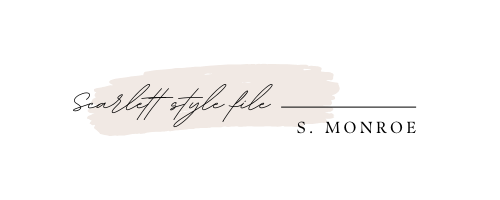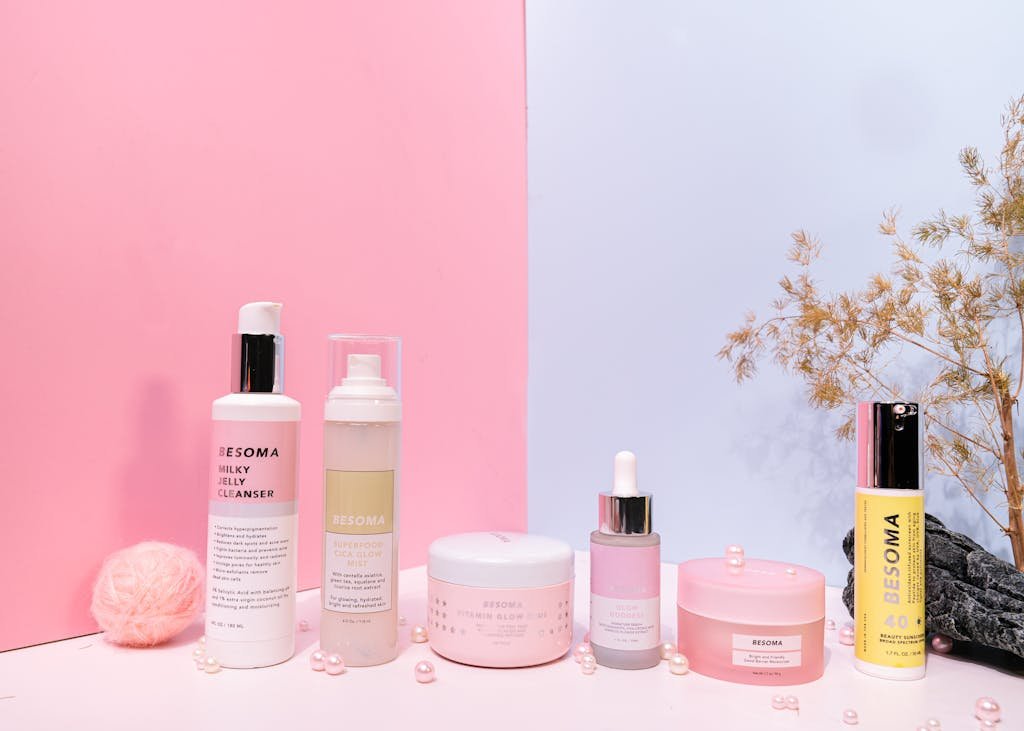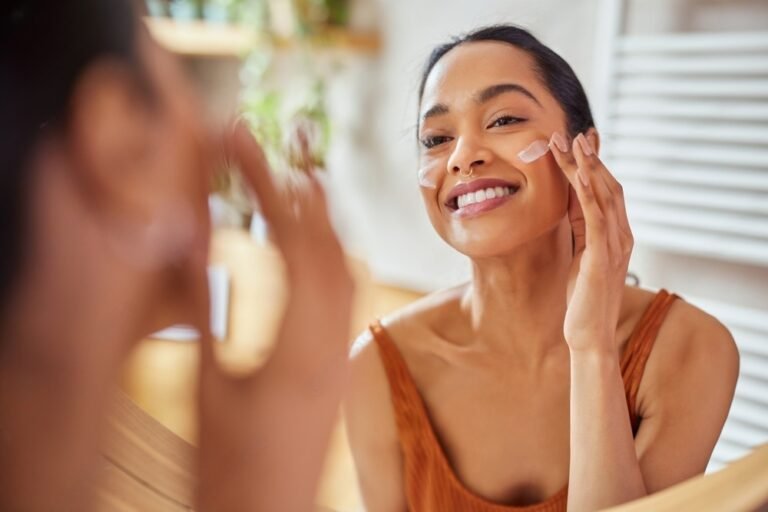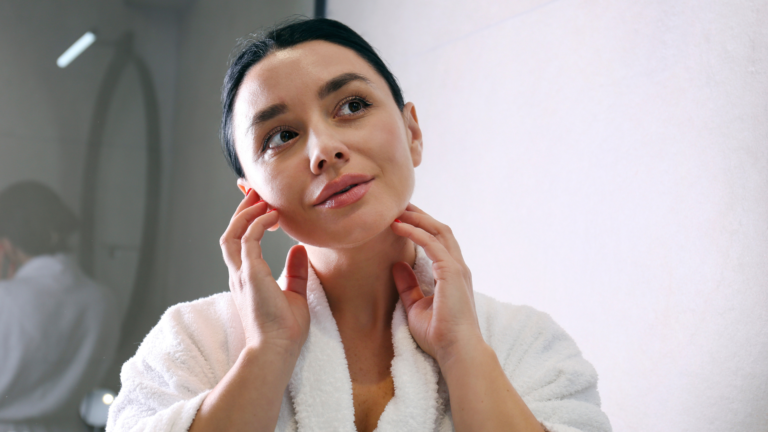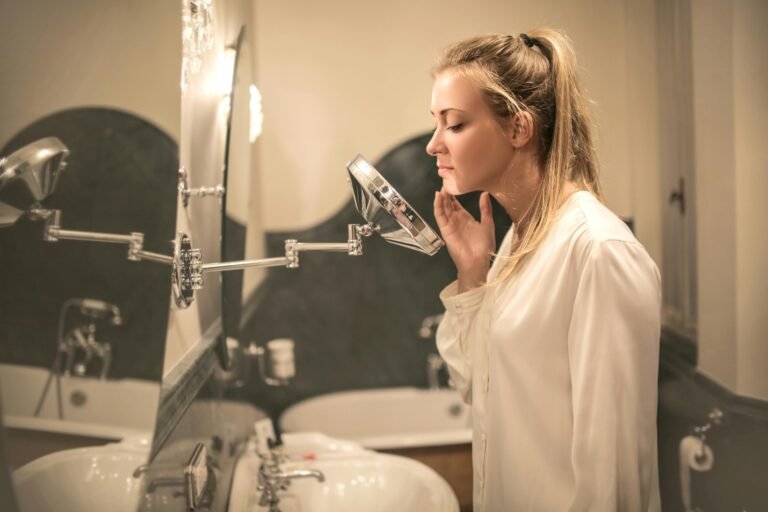How to Prevent and Treat Fine Lines and Wrinkles In 3 Methods
This post may contain affiliate links. That means that if you click on a link and purchase something I recommend, I will receive a small commission at no extra cost to you. As an Amazon Associate, I earn from qualifying purchases. This helps keep my website up and running and is very appreciated. Thank you for your support! Disclaimer
In Today’s article , I want to mix things up a bit by bridging the gap between skincare and what you can do for yourselves versus coming into a practice and what a cosmetic dermatologist could do for you. Specifically, I’ll explain fine lines and wrinkles, a topic that I’ve noticed comes up frequently online. Let’s dive into it!
If you don’t have time to read this post right now, why not save it for later?
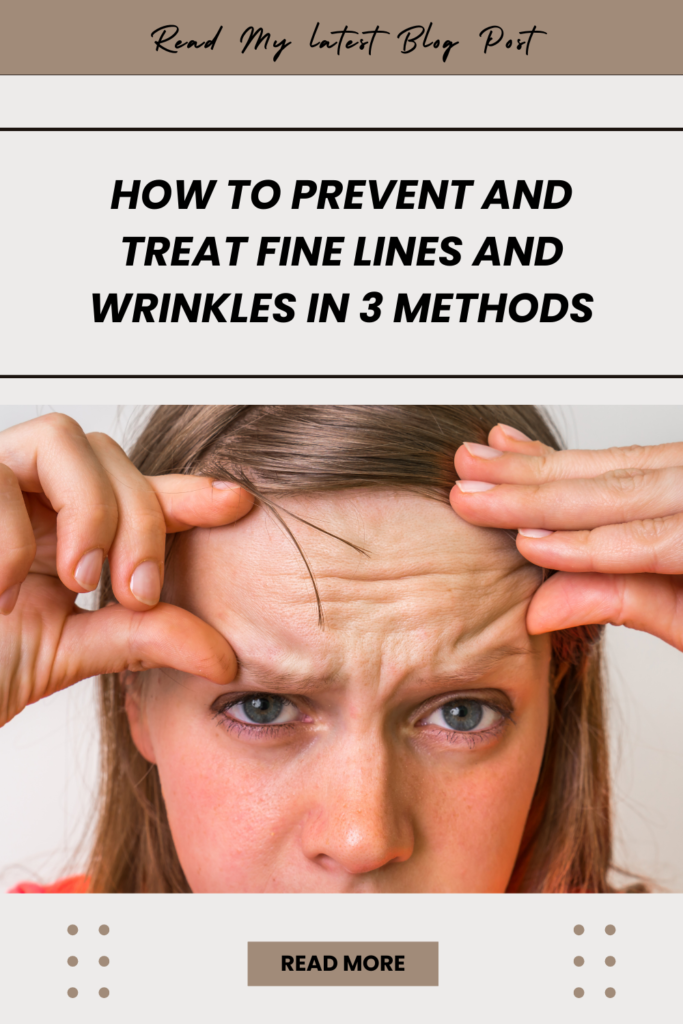
How to Prevent and Treat Fine Lines and Wrinkles
The Beauty of Aging

Alright, let’s dive into the term “anti-aging” for a moment. Frankly, I think we need to toss it out the window. I mean, let’s face it, if we’re not aging, we’re not exactly in the land of the living . And if we’re dead, worrying about fine lines and wrinkles is probably the least of our concerns. So, to me, “anti-aging” just sounds like we’re waging a losing war against time itself. But shouldn’t we be embracing the passage of time instead? That’s where my focus lies.
In my everyday life—and I have to thank my fiancé for this insight—I’m in my mid-20s and I’m all about embracing the natural aging process rather than trying to stop it. I like to think of it as “aging gracefully” because, truthfully, I used to stress about getting older. But nowadays, I’m actually a fan. With age comes wisdom and a certain freedom from the things that used to bother us in our younger years. You start caring less about what others think and more about what truly matters.
So, let’s make a pact to ditch the term “anti-aging” altogether. I admit, it’s a hard habit to break since it’s so deeply ingrained in our culture. But I’m making an active effort to shift my language, and I encourage you to do the same.
And I get it I know it is hard to age and it is hard to develop things on your face where you could feel a certain way, but then you look at yourself and you don’t fully recognize yourself, and that makes you then feel another way, which contradicts how you originally felt. but aging gracefully is about embracing the changes that come with time, even when it’s challenging to see yourself change.
My fiancé’s grandmother, God bless her soul, who’s in her 90s shared some wisdom with me. I asked her, “Why do you still care about your appearance , you are 93?” It was a candid conversation, and I approached it respectfully.
But I did ask. I questioned, “Why does it matter? Who cares” Her response was simple yet profound. She said, “Because I care.” When I pressed further, asking why, she likened it to wearing a white button-up shirt. “Would you prefer wearing your white button-up shirt wrinkled or neatly pressed?” she asked. “You feel more put together when it’s clean and ironed.” Her words resonated deeply with me because I grasped her perspective. Hopefully, it sheds some light for you too. It’s not about obsessing over every imperfection but rather about feeling better overall.
So, let’s delve into how I can I help you help yourself without requiring a trip to the dermatologist’s office. Let’s get started.
Fine Lines vs. Wrinkles

In order to understand fine lines and wrinkles, let’s first understand something. There’s no difference between a fine line technically and a wrinkle. They’re the same thing, just differing in depth. Fine lines sit more on the surface, while wrinkles go a bit deeper. Now, picture your skin: it has two main layers. The top layer is called the epidermis. It’s thinner and renews itself every 28 days as new cells move up. Beneath that is the dermis, which acts like a cushion for your skin.
Inside the dermis, there are three key players: elastin, which keeps your skin elastic; glycosaminoglycans (GAGs), which is what hyaluronic acid is, which hydrate and plump up your skin; and collagen, which gives your skin its firmness.
Related : Hyaluronic Acid : Is it Worth All the Hype?
However, as we hit our mid-20s, we start to minimize and the collagen production decreases one percent a year. So by the time we reach our 90s, then we become extremely wrinkled and shriveled. And that is intrinsic aging because that is inevitable. That is the cycle of life, is sort of the aging pattern that we are genetically predisposed to having.
Related : Skincare Tips for Your 30s: Combat Aging and Adult Acne
And as human beings, as long as you are a human being, you’re going to probably be losing about one percent of your collagen every year starting in your mid-20s. And obviously, we cannot beat our genetics, and so we have to just kind of accept that fact of life— Death and taxes and intrinsic aging.
intrinsic vs. extrinsic aging

Extrinsic aging means everything that affects our skin from the outside—things like oxidative stress, pollution, sun exposure, smoking, alcohol consumption, and diet. .
As a striking example there is a very interesting picture of a truck driver. This man was a truck driver for several decades, On one side of his face, you see the effects of years of sun exposure, while the other side, shielded from the sun, looks different. This picture vividly shows what extrinsic aging can do.

So as we get older, all of that can lead to thickening of your skin superficially, which can give you a leathery appearance and can emphasize the wrinkles and the depth of the wrinkles. It can lead to certain types of pre-cancers, actinic keratoses (AKs) , non-melanoma skin cancers such as squamous cell carcinoma (SCC) and basal cell carcinoma, Overall, extrinsic aging results in rough, uneven skin tone and other signs of aging.
how to prevent wrinkles and fine lines?

Prevention is crucial, and it’s the key to slowing down the aging process, both intrinsic and extrinsic, of your skin.
Now, if you’re 15 and rolling your eyes, thinking, “This doesn’t apply to me,” well, I’ve got news for you, my friend. None of us are invincible, even if we feel that way in our teens or early twenties. The reality eventually catches up, often in unexpected ways. Take freckles, for example. In your mid-teens, you might find them adorable, but by your mid-30s, they could seem less charming. It’s a process that creeps up on you.
I’m not saying freckles lose their appeal entirely over time; some people find them just as endearing. However, the underlying sun damage can become more noticeable as you age.
Related : Sunscreen 101: Everything You Need To Know About SPF
So, how do you fend off this process? The most effective measure is sun protection.
If there’s one thing you choose to do, make it protecting your skin from the sun. I’m not here to scare you away from sunlight entirely; it’s not as if spending time outdoors guarantees skin cancer. But the reality is, sun exposure does take its toll, and the best defense is shielding yourself from UVA and UVB rays, the primary culprits behind aging and sunburns, all year round, rain or shine.
As I write this, I’m sitting under an overcast sky in my backyard, but I still have SPF 30 on my face. Why? Because SPF 30 offers 97% protection, and that’s good enough for daily use, unless you’re under intense sun or living in a very hot climate, in which case SPF 45 might be more suitable. You need UVA protection to combat aging, even if you’re fond of the results of aging—unless, of course, you’re JLo or Halle Berry, in which case, maybe you’ve found the secret to defying time.
Related : 20 Best Sunscreens For All Skin Types: Dry, Oily, Sensitive, & More!
If I could sleep on my back all night, I would, but I always wake up face-planted in my pillows. However, if you’re able to control your positioning as you sleep, then sleeping on your back is the way to go. Kudos to you!
Silk pillowcases, if you can swing it, are a game-changer. They won’t magically erase your lines and wrinkles, but they do offer less resistance to your skin as you sleep, which can make a difference over time. Personally, I can’t handle them because I tend to overheat, but hey, to each their own.
When it comes to my diet, I prioritize antioxidant-rich foods and a good intake of proteins, knowing they’re essential for collagen production. (You’ll find more details in my article about collagen), but remember, solely relying on collagen consumption or supplements might not be as effective as ensuring a diet rich in its building blocks, like protein. Think leafy greens, blueberries, and protein sources like eggs. I’ve read about avocado oil potentially boosting type 2 collagen, as per the Journal of Dermatology, which is vital for joints, bones, and eyes. So, that’s the crux of my dietary approach.
Related : 7 Ways To Boost Collagen: Dermatologist-Approved Secrets
I’m no stranger to indulging in sugar – just check my Instagram. But I strive for balance rather than extremes. Sugar binges? They happen occasionally, not daily. I advocate for moderation in all things. If sugar brings you joy, don’t banish it completely. Happiness matters more than rigid rules.
Now, onto hydration. Will water erase wrinkles? Nope. But it does contribute to plump, healthy skin. Aim for two to three liters a day – easier said than done, Even I struggle, especially in dry winters. But effort counts, and as long as we’re trying, we’re doing our best.
Finally, barrier repair , meaning not just hydrating internally but hydrating externally, and this is where skincare can really be helpful, which leads us to skincare ingredients that can actually help you over time promote better collagen.
skincare ingredients that help promote better collagen.
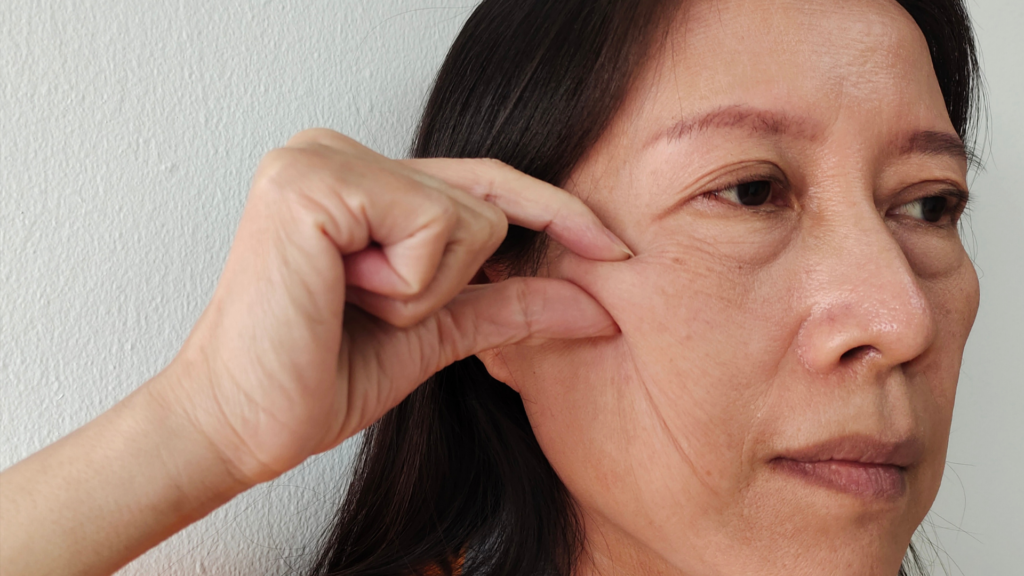
hydrating ingredients:
Let’s dive into hydrating ingredients. I won’t delve into hyaluronic acid because it’s had its moment of fame, and if you’re keeping up with me, chances are you’re familiar with its benefits. Despite its acclaim, not every product features hyaluronic acid, which irks me a bit. Sure, it’s a hydrating humectant, but it’s not flawless. Its omnipresence in every skincare regimen can pose issues—it can be inflammatory and reactive, particularly in its low molecular weight form, which many brands boast about. Over time, this can backfire.
Related : Hyaluronic Acid : Is it Worth All the Hype?
Personally, I’m a big fan of glycerin. it is an underrated hydrating ingredient that is relatively cheap and in a lot of products. Glycerin, a gentle humectant, effortlessly attracts water, giving your skin an instantly firmer, plumper appearance.
Then there’s urea. It’s not just a humectant; it also serves as a potent keratolytic, sloughing off dead skin cells. The concentration matters—a urea product below 10% primarily moisturizes, while between 10% and 20% offers a blend of hydration and exfoliation. Anything above 20%? Well, that’s just for breaking up superficial dead skin. Why is this beneficial? Because it not only plumps but also smooths. As we age, sun exposure can thicken the superficial layer of our skin, accentuating fine lines and wrinkles. Urea tackles both issues.
Lastly, let’s talk about beta-glucan, another underrated gem. Certain studies suggest it’s even more hydrating than hyaluronic acid. It prevents trans-epidermal water loss, locking in moisture and serving as a gentle occlusive. Take the Laneige Lip Sleeping Mask, for instance—it boasts beta-glucan, making it a standout product in my book.
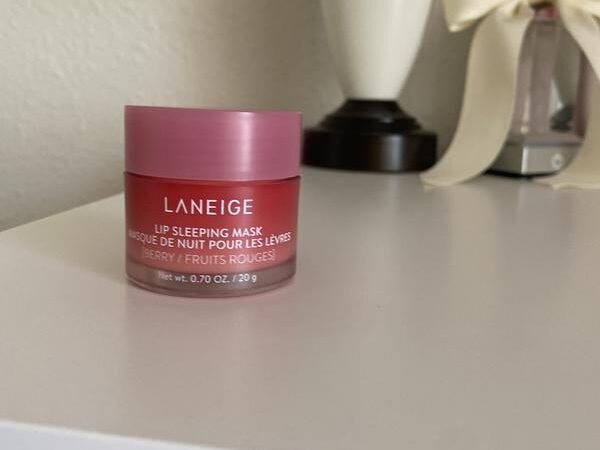
Stimulating ingredients:
Stimulating ingredients are a separate category. These are ingredients that help to churn up collagen production or that help to support collagen production.
Vitamin C is an antioxidant that we’ve talked about. I’ve done a whole article on vitamin C. It is a necessary ingredient within the pathway of making collagen, so that’s why I do think it’s important to use it on a daily basis because not only is it protecting your skin from damage, it’s also helping your skin repair itself.
Related : Unveiling The Power Of Vitamin C: Your Ultimate Guide To Glowing Skin
Alpha hydroxy acids, like my love glycolic acid, which is the smallest AHA out there, can go deeper in and has also shown to increase collagen production. So, this is why exfoliating over time is actually important, and that’s why I like exfoliating products.
Finally, your whole vitamin A class of retinols and retinoids, which have been tried and true, proven to really stimulate collagen production. I love them around the eyes , Kate Somerville’s over-the-counter option is a standout, and I’ve seen great results with it. Another gem is the A313 from France, a lighter alternative that still packs a punch. For beginners, L’Oréal’s retinol 0.3 is a gentle yet effective choice. And if you feel like you need more, you can definitely get more through prescriptions, but there’s a lot of over-the-counter selections these days are pretty impressive in their collagen-boosting abilities.
Related : The Easy Beginner Guide On How To Use Retinol
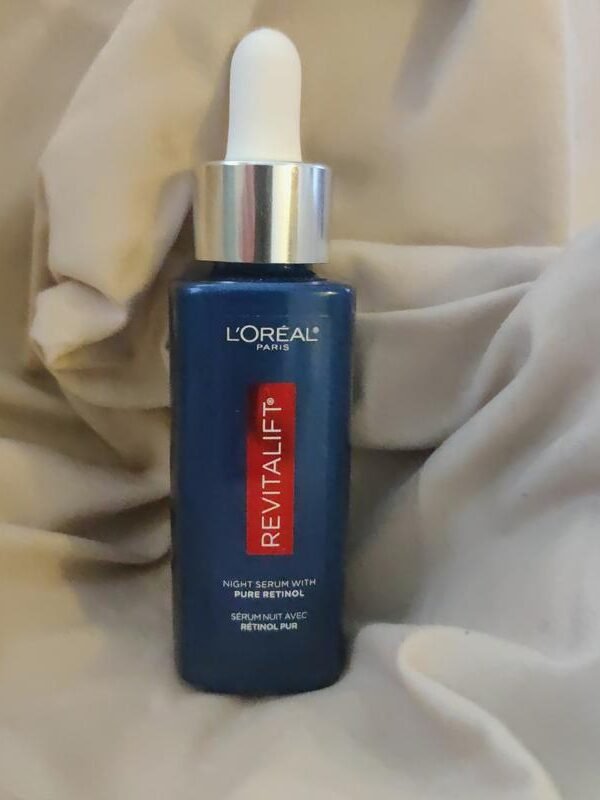
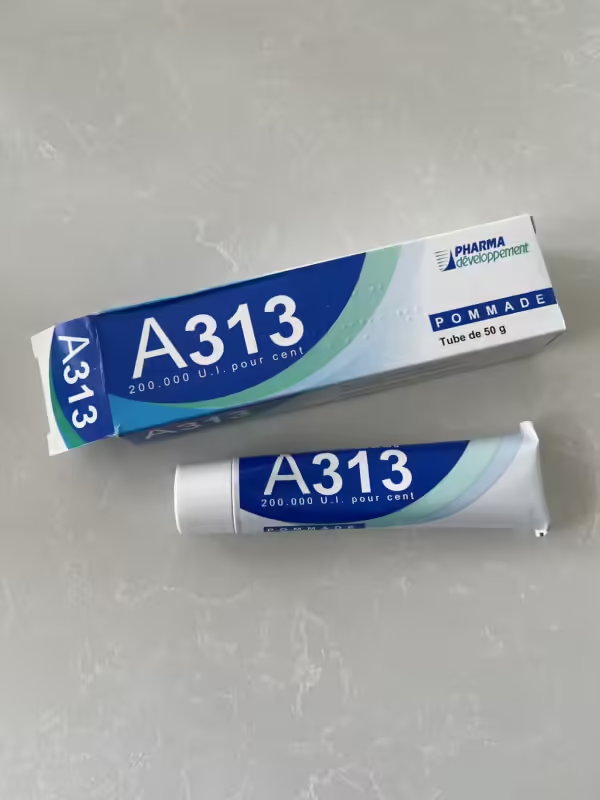
There are these plant-based substitutes for retinol, like bakuchiol. Does it match up to retinol’s effectiveness? Not quite, but it’s a pretty good option. I gave it a shot during my pregnancy. Personally, I’m quite fond of the one from Indeed Labs. Initially, I used it as a pad, but it also proved effective in boosting collagen.
Moving on, there are other categories worth exploring, such as peptides and growth factors, which we’ll delve into another time. Speaking of growth factor serums, SkinMedica’s TNS Essential Serum is one worth mentioning.
Effective Skincare Solutions using at-home devices

At-home devices present a viable option when it comes to tackling wrinkles and fine lines . LED lights are one option worth considering, although the effectiveness depends on the quality of the light source. Then there are microcurrent devices like the NuFace and the ZIIP. If you’re willing to put in the time and effort—kudos to you—you can expect results, but you have to do it every day to see the results.
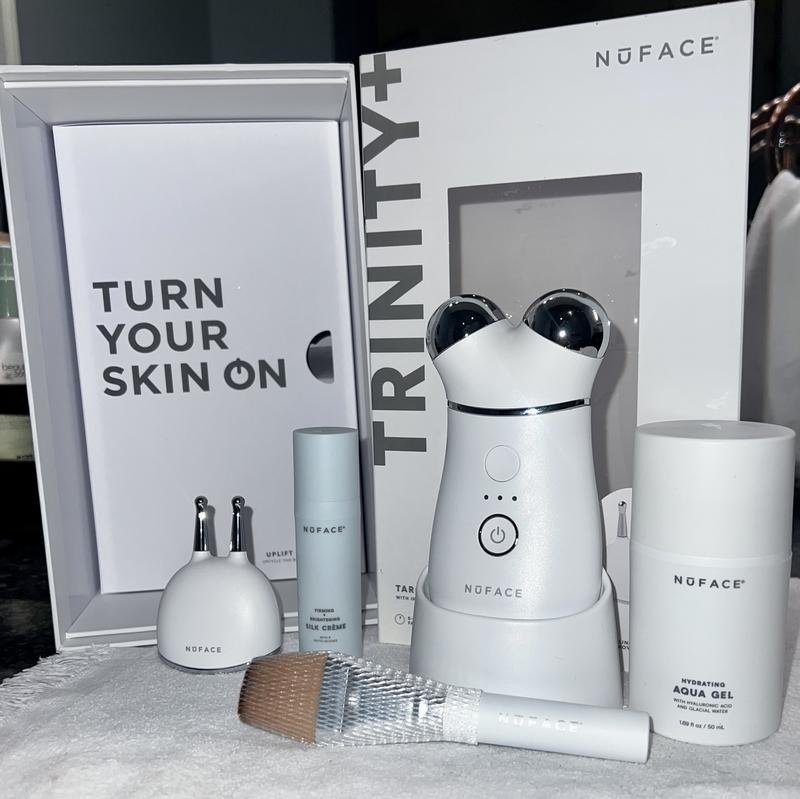
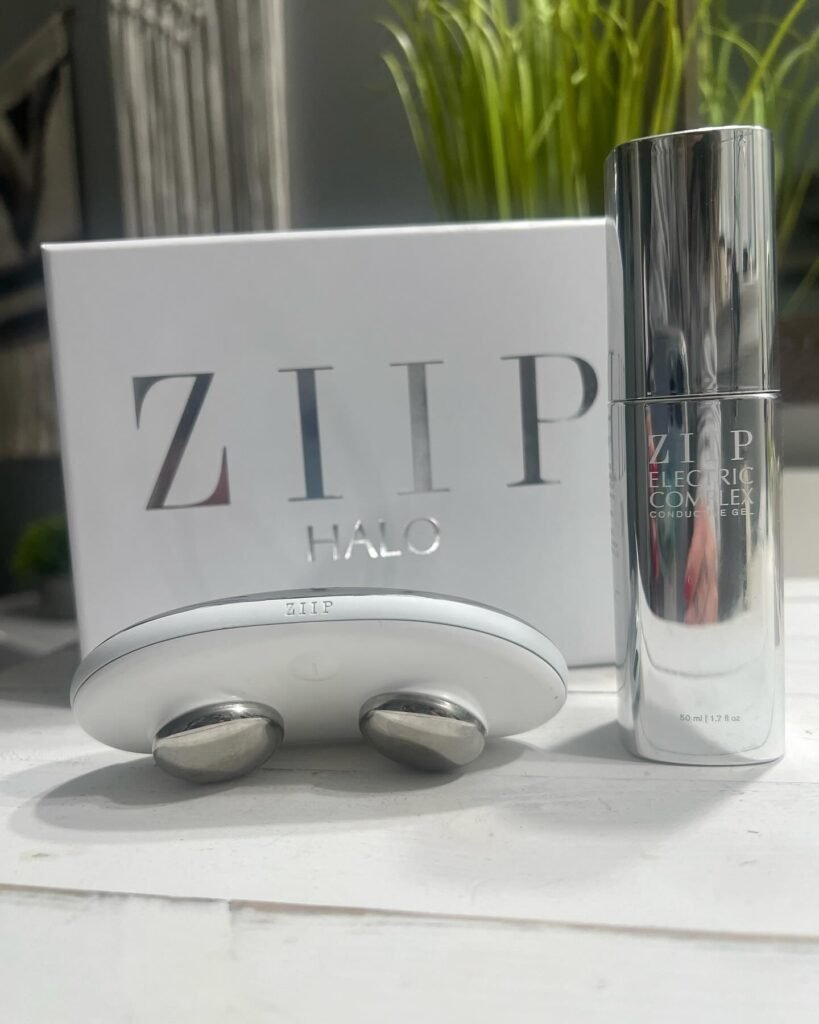
And lastly you have people like my like my fiancé or his counterparts in your area—board-certified dermatologists specializing in cosmetics—who can offer personalized assistance to take your skincare journey to the next level, aiding your cells and enhancing your skin’s health.
The Bottom Line
I hope this article was helpful. I hope it helps clarify a little bit what fine lines and wrinkles are, what’s the obsession with fine lines and wrinkles, how they form, what you can do to control their appearance, what you can’t do because they’re going to appear inevitably anyway, and what you can get from the products that you’re using to help your skin help itself.
Feel free to leave any questions or feedback in the comments. I truly value my readers’ input.
